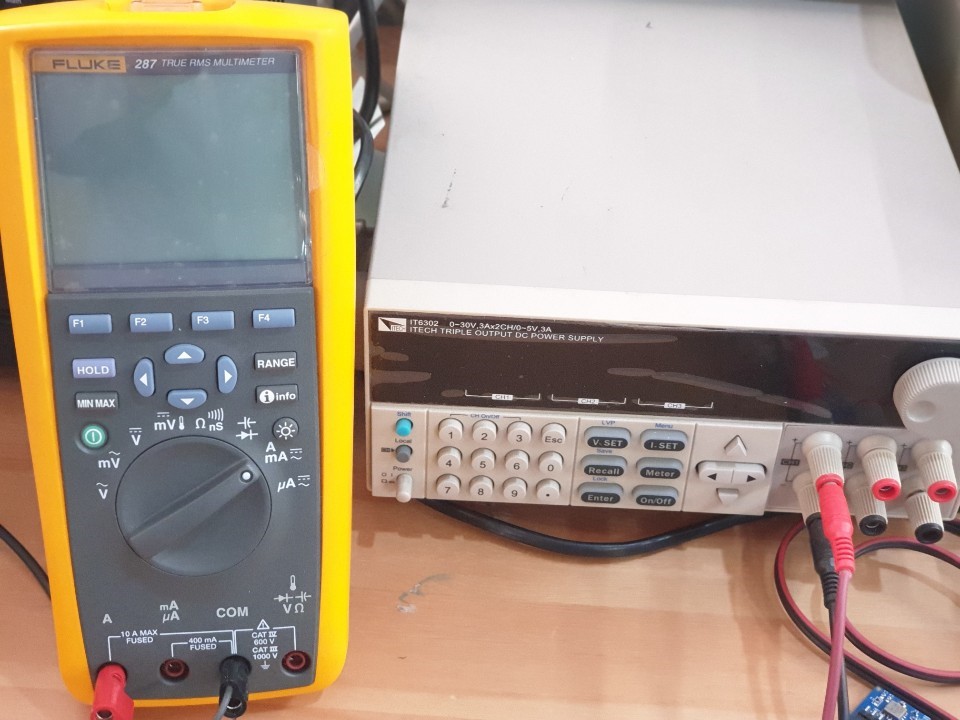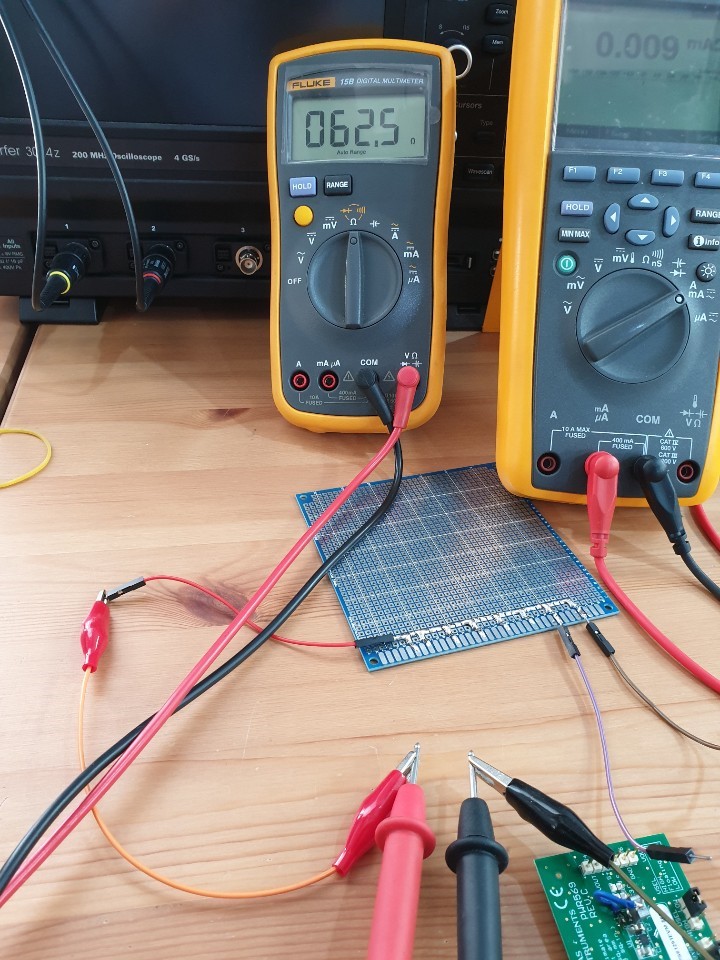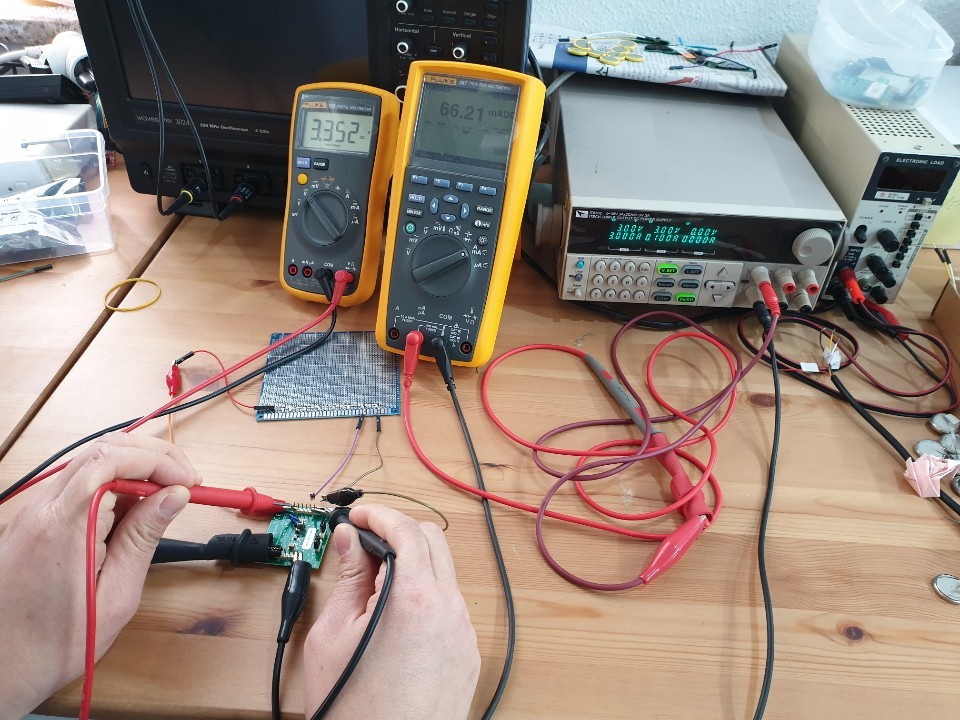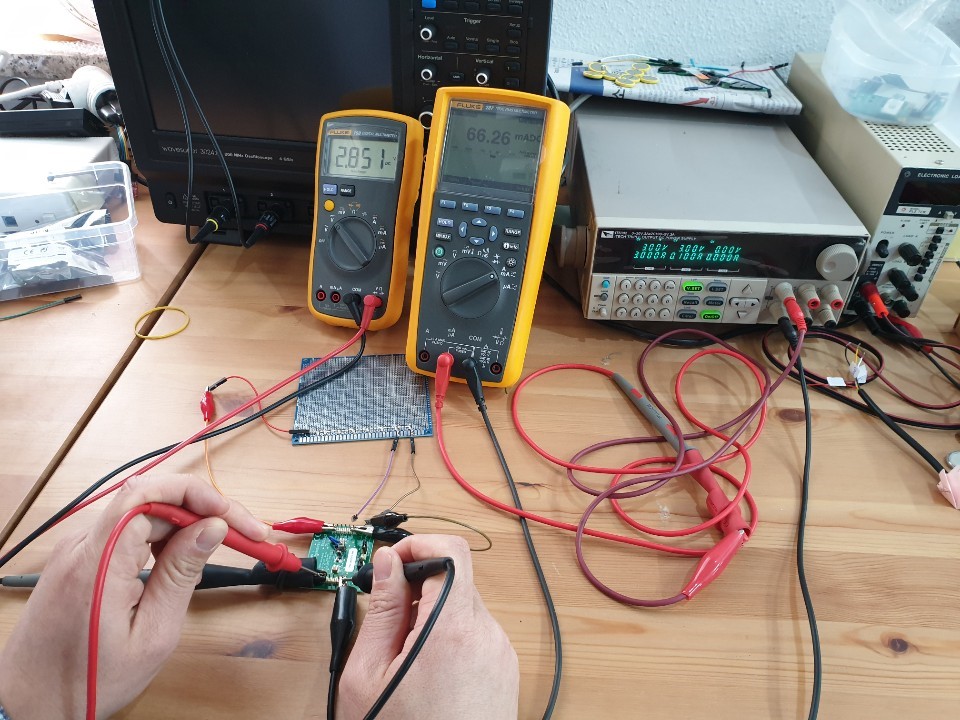Hello, TI,
I just bought and tested TPS61291EVM.
I found that the bypass mode was so good. It is quite close to the case without the boost converter.
But, the efficiency of the boost mode is very disappointing.
I used several registers from 660K to 65K. Vin was 3.0V and Vout is set to 3.3V.
When the register was 660K, the efficiency was 35.65%. But it is OK since I'll use BYPASS mode in that case.
The efficiency was increased when I used smaller value registers.
But, when the register was changed from 300 to 65 ohm, the efficiency was decreased from 72.07 to 72.08 (current was 64mA).
Did I make something wrong? The datasheet shows the efficiency over 90% until current reach to 100mA.
Is there any way to improve the efficiency?
Thanks,





